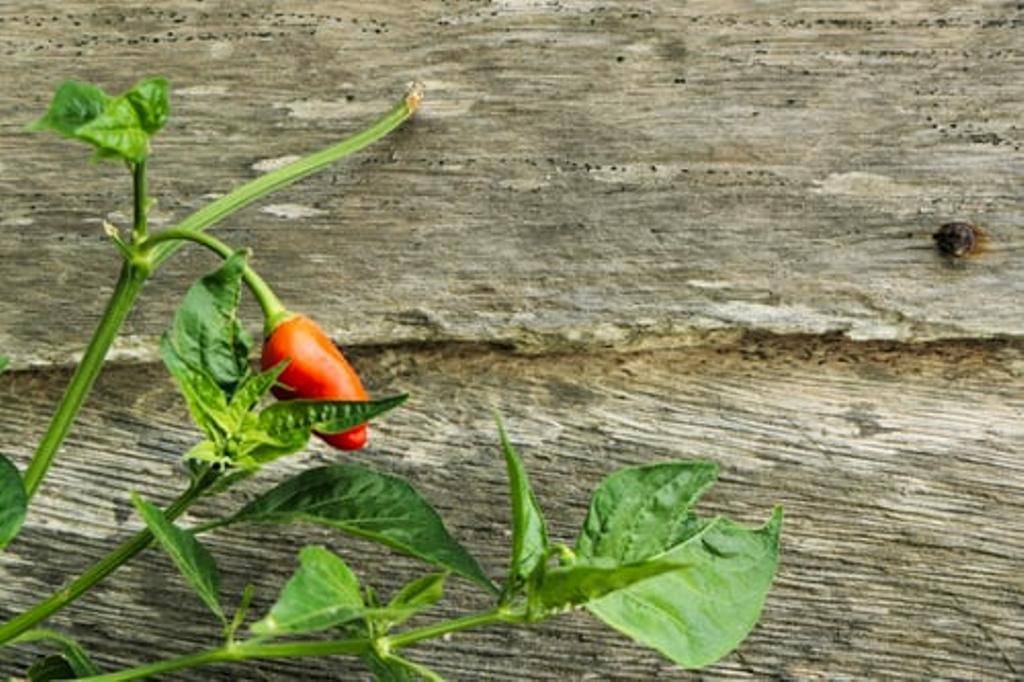
Commonly found in Ethiopia and across Southeast Asia and extensively used in many Asian cuisines, is a variety from the species Capsicum annum. It is known by different names such as –Bird’s eye chili, Bird’s chili, Thai chili, and cili padi in Malay. It is small in size, but is hotter than a common jalapeno.
Origin
All the chilies present around the world have been originated from Mexico, Central America and South America, and the Spanish and Portuguese colonists, traders and missionaries along with other crops like maize, tomatoes and pineapples, brought chilies to Southeast Asia in the 16th or 17th century.
Features
-
The African Bird’s eye chili tends to change its color from green to orange and finally red with the growing season.
-
It requires at least 8 days harvesting.
-
It is considered as a natural anti-biotic.
-
The leaves of the African Bird’s eye chili can be eaten as a vegetable.
-
Traditionally, used as an insecticide when mixed with water.
-
A good source of potassium, phosphorus, irons and calcium that keeps the metabolism in check.
Composition
Apart from having Capsaicin compounds, it also contains Betacarotene/ Provitamin A, Vitamin- C, B1, B12, Minerals, Calcium, Phosphorus, Protein, Carbohydrates, Iron, Niacin, Asparaginase, Potassium, and Copper.
Health Benefits of Bird’s Eye Chilli
-
It speeds up your metabolism, making your gut stronger. It increases saliva production as a result, prepping you for a good appetite.
-
Treats infections as it acts as an anti-inflammatory agent that relieves headaches, flu and high fever. Helps in maintaining optimum immunity. Also, protects from berry disease.
-
Heals joint pain.
-
Improves heart health by keeping the blood pressure in check, hence lowering the risk of having a stroke and counters blood clotting.
-
It anti-Cancer properties reduces fungal infection on the skin.
-
Helps detoxify the whole system.
-
Good for hair health as it encourages hair growth.
-
Keeps our eyes bright and healthy.
This fascinating little bomb has everything in itself for almost every part of our body, so why not make it a part of our daily dines too.
















